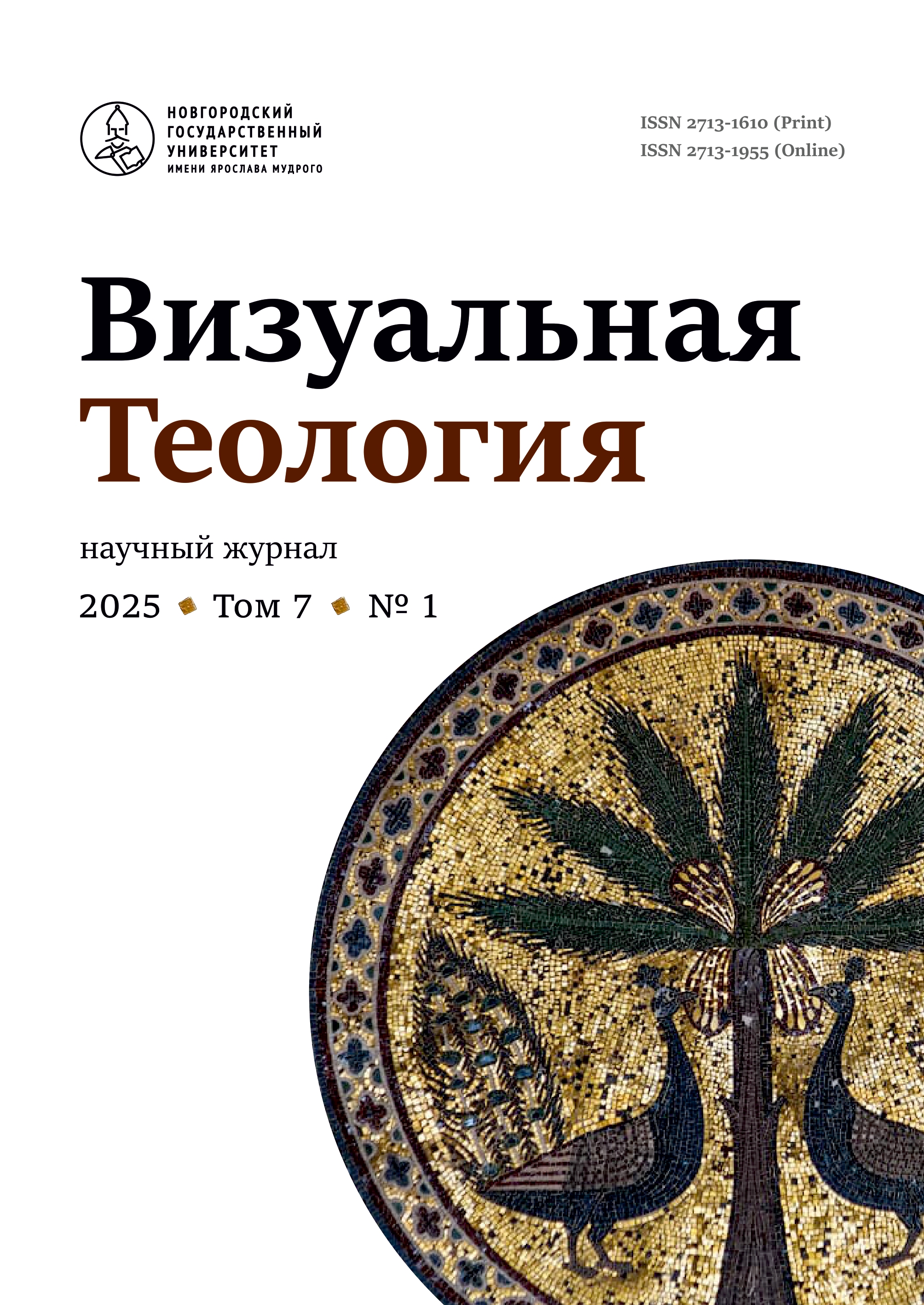Conflations in Russian iconography of the 16th – 17th centuries: a game of contexts
Abstract
The article deals with the conflation of motifs and the appearance of new figures in Russian iconography of the second half of the 16th and 17th centuries. The author focuses on the iconography of the ‘Resurrection – Descent into Hell’ and some close subjects. As the article shows, during this period the motives began to actively interact with each other, to generate original contamination. The logic of the masters worked in an original way and was not always obvious. The author examines the personifications of hell in the form of a mouth, a head and a giant, as well as the functions of these figures (hold the devil, release the righteous, absorb demons). As the analysis shows, these functions began to merge due to the appearance of new, hybrid shapes. In addition, in the 17th century there appeared an unusual visual parallel between the figures of a righteous soul coming out of the mouth of hell, and the figure of a demon, also standing in the toothy mouth of hell. The soul used to be depicted naked; the devil was also shown naked, and received female breasts. The paper also examines the Kargopol icon of the end of the 16th century, which depicts Abel instead of Judas in hell, on the devil’s lap. The author analyzes the legend of Abel as the first dead man on earth – a Christian adaptation of the wandering motif about a bird that taught a man to bury a dead man in the ground. This motif is widely represented in folklore in Eurasia – its variations are found in Muslim, Jewish and Christian literature, in the Near East and Asia Minor, in the Caucasus and in the Arctic. In Russia, he was known for his Intelligent Palea. Legend told that after the murder of Abel, his body remained incorruptible. God sent two turtledoves to Adam and Eve – one of them died, the second buried her in the ground and thus taught the ancestors how to deal with the dead. The plot spread in the Russian iconography of the 17th century. This, as the author suggests, gave rise to the visual motif in the Kargopol icon – its creator knew the legend of Abel as the first dead man and deployed its logic to events related to the resurrection of Christ and salvation of righteous souls from hell.



